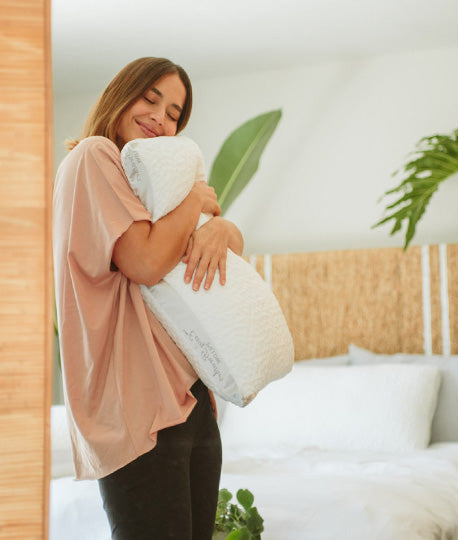The Sleep Disorders work-group has been quite busy, recently. They’re calling for a nearly complete overhaul of their sleep disorder category in their Diagnostic and Statistical Manual for Mental Disorders “DSM”.
Why? According to a presentation at the annual meeting of the American Psychiatric Association in May, Charles Reynolds, MD, suggested that reworking of this category is actually going to help professionals diagnose sleep problems easily, allowing them to discriminate between various sleep disorders.
He stated that the current DSM-IV puts too much emphasis on the presumed causes of symptoms, something that the remaining parts of the DSM-IV does not do. Bringing the sleep disorder section more in line with the other sections will actually make it less confusing.
Commonly and primary diagnosed sleep disorders are now being organized in the DSM-5, which is divided into three main categories: Arousal disorder, hypersomnia and insomnia. The new version will actually allow professionals to understand and diagnose symptoms earlier.
So, want to know what symptoms you have? Let’s see what your disorder is.
These sleep disorders criteria are summarized from the DSM-5 website.
The Kleine Levin Syndrome
This syndrome is characterized who experiences recurrent episodes of excessive sleep which is more than 11 hours/day. These episodes occur at least once a year and are usually between 2 days and 4 weeks in duration.
During one of these episodes, when a person is awake, their cognition is abnormal and they seemed confused and lost all touch with reality. Behavior such as hypersexuality and megaphagia may also occur in some episodes.
Usually a patient has normal alertness, cognitive functioning and behavior during/in-between episodes.
Obstructive Sleep Apnea Hypopnea Syndrome
Previously known as the Breathing Sleep Disorder, the symptoms included for this syndrome include snoring, gasping/snorting or breathing pauses during sleep.
And/or
Other symptoms include, daytime sleepiness, sleepless nights despite sufficient amounts of sleep, fatigue, unexplained by another medical or psychiatric morbidity.
And that’s not all…
There has been evidence of this by polysomnography (a type of measurement of sleep breathing used in a sleep lab) of about five or more obstructive apneas or hyper-apneas per hour during your sleep.
Primary Central Sleep Apnea
Also known as breathing related to sleep disorder, at least one of the following symptoms is present:
- Frequent awakening and arousals during sleep or insomnia complaints
- Awakening with short breath
- Excessive daytime sleepiness.
Polysomnography (a type of measurement of sleep breathing used in a sleep lab) shows five or more central apneas per hour of sleep.
Primary Alveolar Hypoventilation
Once again another syndrome related to breathing associated with sleep disorder. Polysomnographic (a type of measurement of sleep breathing used in a sleep lab) monitoring reveals episodes of shallow breathing longer than 10 seconds in duration associated with arterials desaturation of oxygen and frequent arousals from sleep related to breathing disturbances or brady-tachycardia. Although symptoms are not mandatory to make this diagnosis, patients often report excessive daytime sleepiness, frequent arousals and erratic sleep, or insomnia complaints.
If you are suffering from a lack of sleep, it may be time to visit your doctor and discuss your specific issues. At Nest Bedding, we strive to help our customers get a great night sleep by providing pressure-free sleep environments with great organic mattresses and non-toxic memory foam mattresses, pillows and comfortable, breathable bedding.





